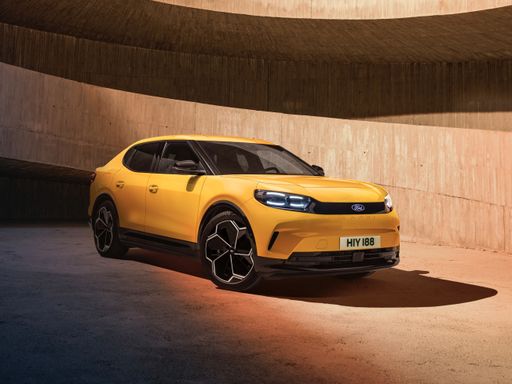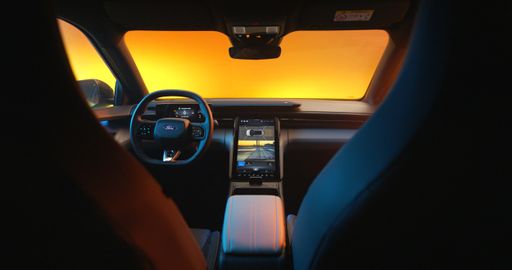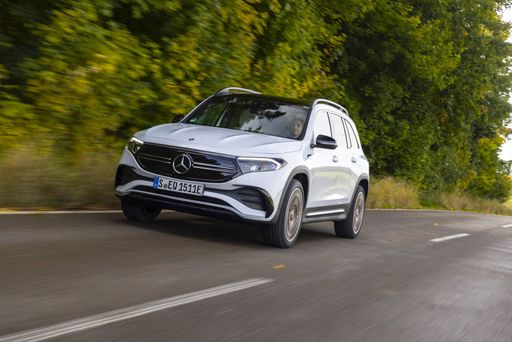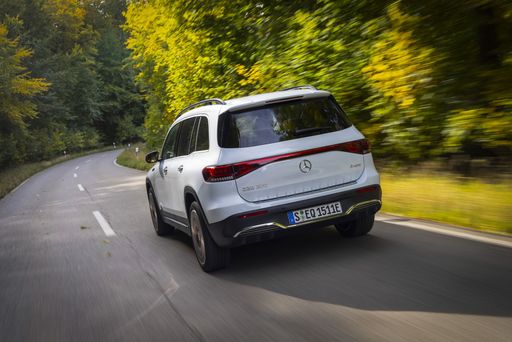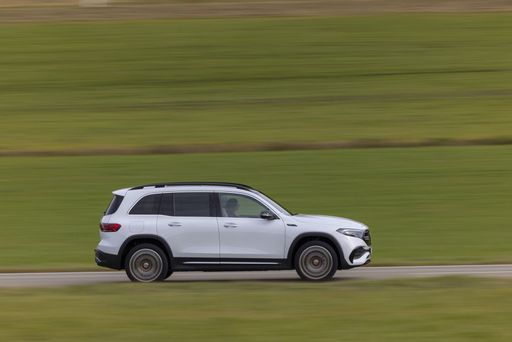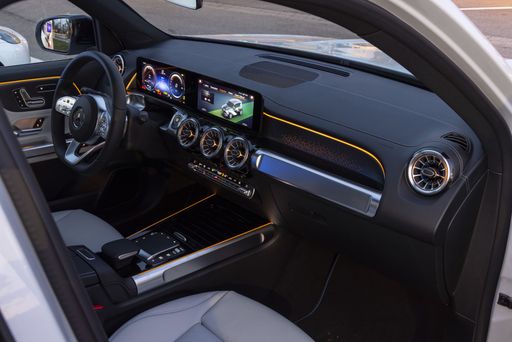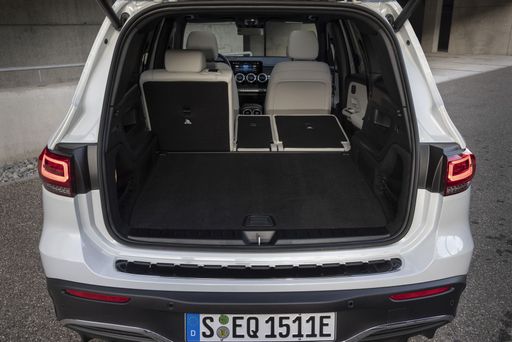The All-Electric Battle: Ford Capri vs. Mercedes EQB
In the rapidly evolving world of electric vehicles (EVs), two giants have entered the stage, each bringing its unique blend of innovation and performance. The Ford Capri and Mercedes EQB are two exceptional SUVs that showcase not only the latest in electric drive technology but also the distinct design philosophies of their respective automakers. Let’s dive into a detailed comparison to see how these two electrifying contenders stack up against each other.

